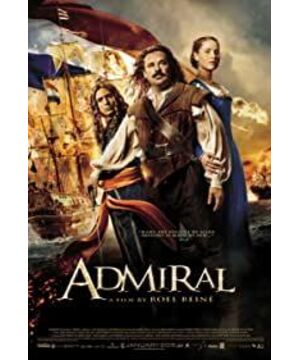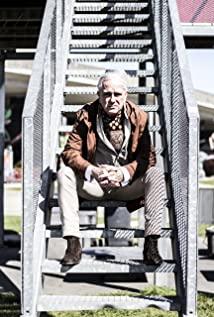0. Land power or sea power? Crown power or autonomy first? Battleline tactics or deck melee? United France or United Kingdom? Heroic descendants or commercial oligarchs?
1. 1672 was the "disaster year" of the Netherlands. The British blockade, the French invasion, the Dutch internal and external difficulties, but the people's sense of nationality reached its peak. Instigated by the Royal Party (Orange Band Party), the Republican Prime Minister DeWitt and his brother were slaughtered on the streets of The Hague by fanatical citizens. The Prince of Orange, who was once tied to DeWitt, came to power and was known as William III in history.
2. Prior to this, DeWitt’s administration brought the Netherlands into a golden age: maritime trade was highly developed, and Rembrandt and Spinoza also flourished at this time. In terms of warfare, Admiral Druitt drove the fleet into the Thames. But the rift between the royal party that supported the Orange family and the Republicans that supported the merchant oligarchs deepened, coupled with the coveting of powerful enemies, and finally disaster. (By the way, DeWitt is known as the "swan". At first he was puzzled, but later realized that the Dutch swan was really too big and too fierce...)
3. However, the dark side of William III is exaggerated in the movie: Druitt's death was not caused by him, but the division of the navy into the Mediterranean is indeed a major strategic error. However, if William III had not turned the tide, New York might still be New Amsterdam, but the Netherlands would have long since disappeared.
4. As a result, the first bourgeois revolution in the Netherlands returned to kingship, but a few years later, William III fulfilled the glorious revolution of the enemy, Britain. Since then, Britain and the Netherlands have entered the co-domination period and become a pole in the world.
5. This protracted battle was written in "Black Tulip" by Alexandre Dumas. At the same time, in another of his novels, the elderly D'Artagnan, as the commander of the expeditionary army, rushed to his desperate battle in Maastricht.
6. After Druitt died in battle, he was buried in the New Church in Amsterdam. His battleship "Seven Provinces" has been reincarnated for many generations and is still serving in the Dutch Navy. William III is regarded as a legendary hero, and his Orange family has ruled as a royal family to this day. But in The Hague, people erected statues for DeWitt.
2017.2.7
On the way to lyon
View more about The Admiral reviews











